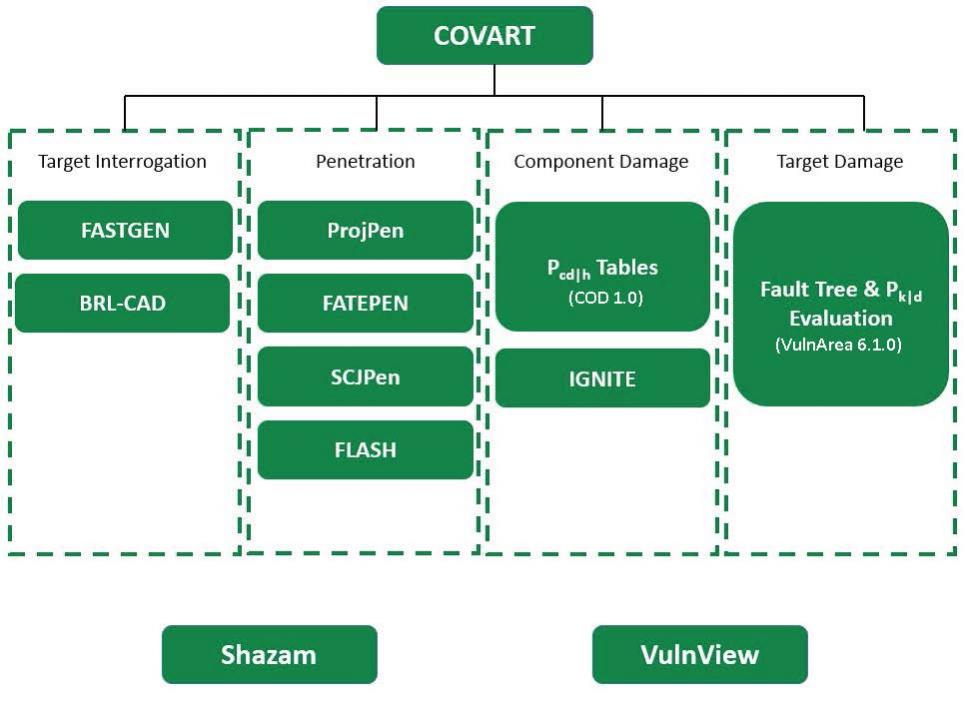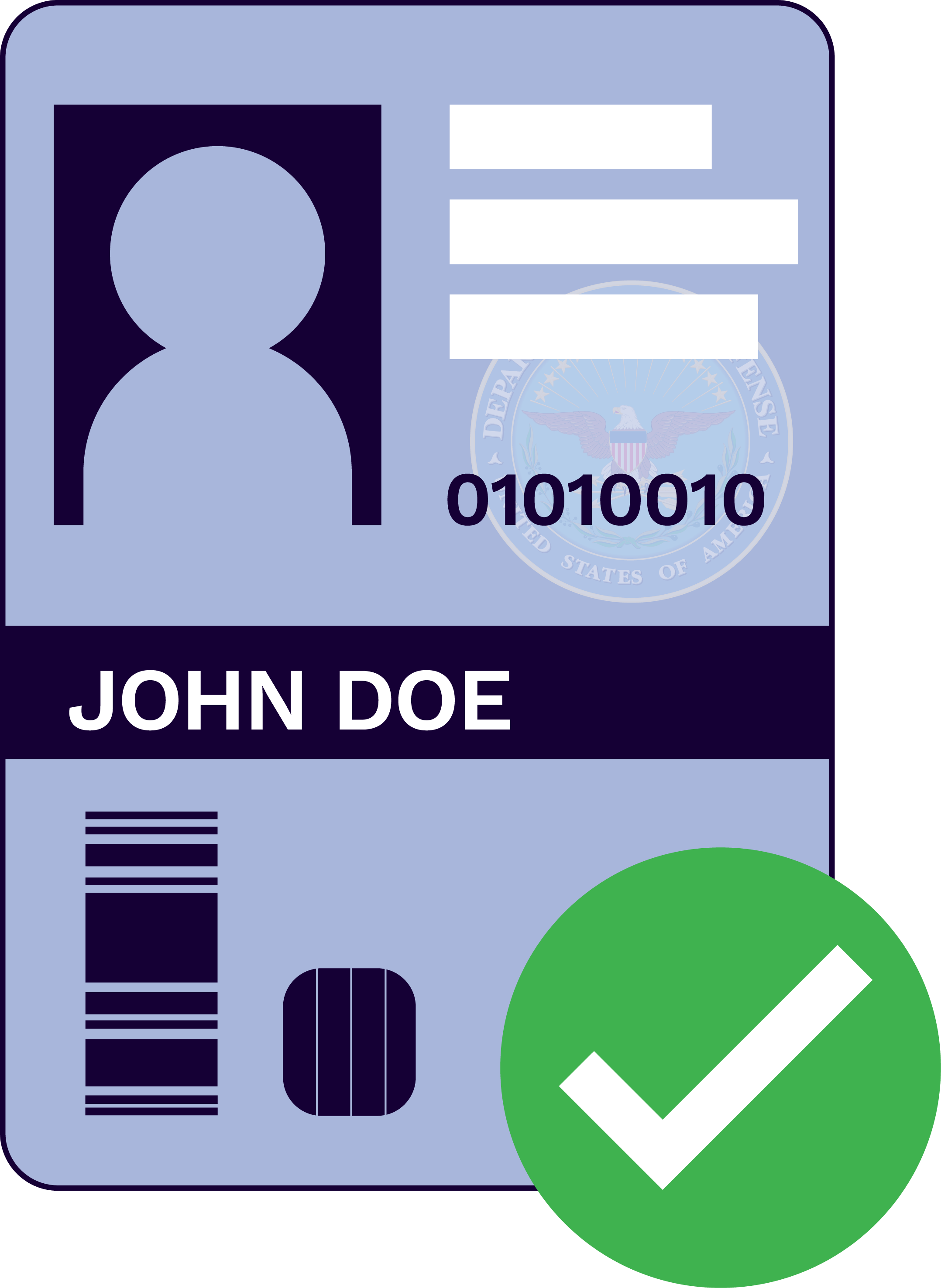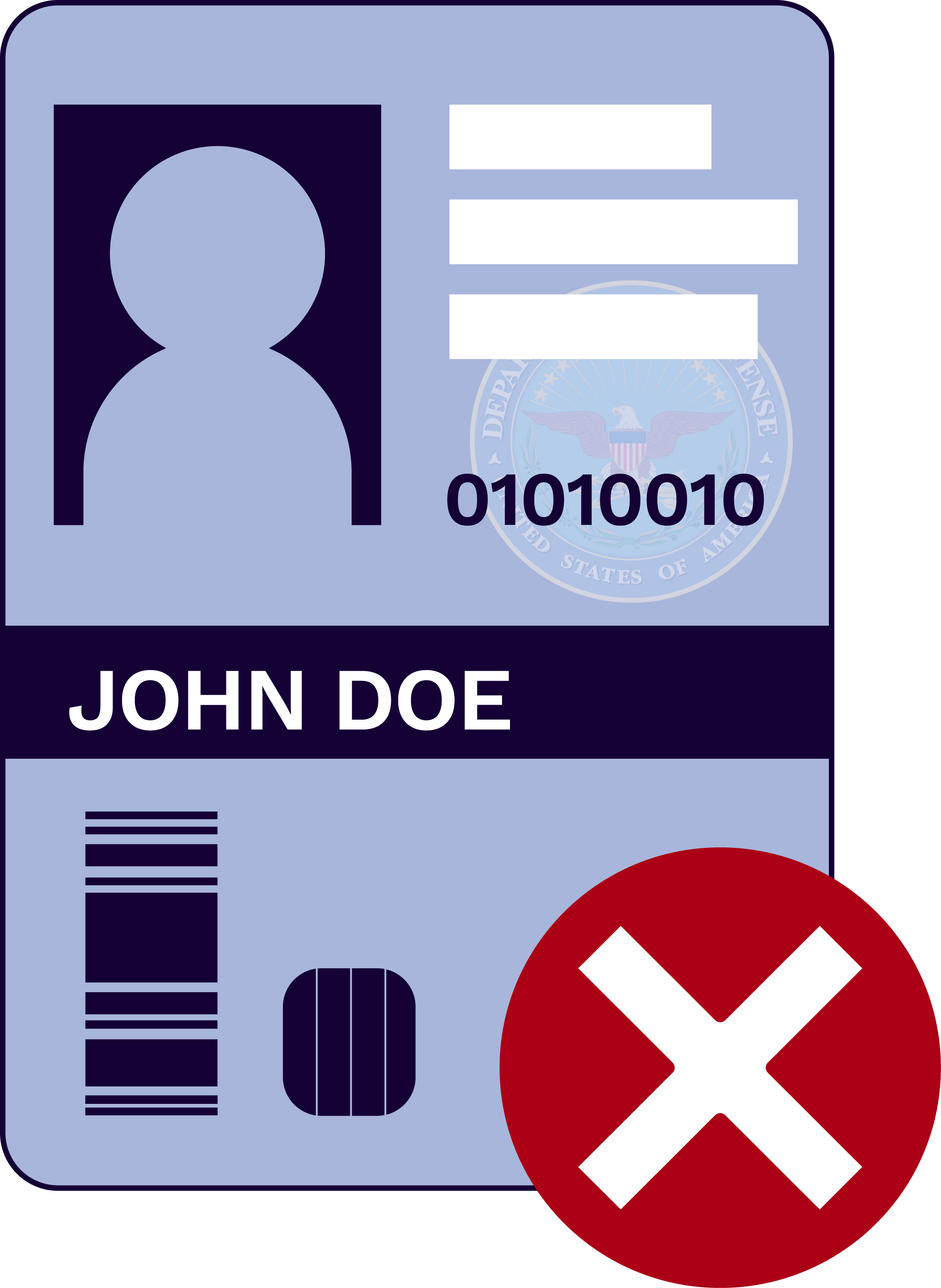The Vulnerability Toolkit, or VTK, is a suite of software tools that supports the performance of ballistic vulnerability and lethality studies involving military systems. It contains multiple modeling and analytical tools to include BRL-CAD, COVART, FASTGEN, and FATEPEN. The primary purpose for the toolkit is to provide a “one-stop-shop” for ballistic vulnerability & lethality analysis, by providing analysts with the necessary tools required to perform pre-test predictions, concept evaluations, trade studies, and requirements verification studies. The primary objective of the software application provided with the toolkit is to help the analyst determine the probability of kill (Pk) for a system of interest given a particular ballistic threat impact.
The VTK can support analyses for a range of systems and a range of ballistic threats. Primarily, the toolkit supports analyses of Air Force and Navy fixed- and rotary-wing aircraft, but it has also supported assessments of ground systems, small boats, and even orbital vehicles. Regarding threats, the software applications in the toolkit can model projectiles (e.g., ball rounds, armor-piercing rounds, armor-piercing incendiary rounds, high explosive rounds, etc.), missile fragments, shaped-charge jets, and missiles. The software applications included in the toolkit were selected to handle threat analyses using a variety of methodologies.
The primary software application in the VTK is the Computation of Vulnerable Area Tool (COVART); however, the toolkit also includes a number of other tools that are useful for conducting vulnerability & lethality studies. Multiple elements of the Department of Defense community, including the Air Force Life Cycle Management Center (AFLCMC), Naval Surface Warfare Center (NSWC), and the Army Research Laboratory (ARL), are responsible for the development and maintenance of the software applications included with the toolkit.
The figure below illustrates the hierarchical organization of the application contained in the VTK.
The following is a list of the major software tools included:
- COVART (v7.7)
- FASTGEN (v8.0.3)
- BRL-CAD (v7.30.8)
- FATEPEN (v3.6.3.4)
- ProjPen (v3.2.1)
- SCJPen (v1.2.2)
- Component Damage (CoD) (v1.2.4)
- IGNITE (v1.1.0)
- VulnArea (v7.1.2)
Apart from these larger software applications, the VTK also provides utilities that help users to develop and check inputs as well as analyze and visualize outputs. The software applications provided by the toolkit may change from release to release, depending on the development of additional capabilities and the evolving needs of the vulnerability/lethality community.
The primary applications provided with the VTK are further described below.
COVART – Computation of Vulnerable Area Tool
COVART predicts the ballistic vulnerability of vehicles (fixed-wing, rotary-wing, and ground targets), given the ballistic penetrator is evaluated along each shotline (line-of-sight path through the target). Whenever a critical component is struck by the penetrator, the probability that the component is defeated is computed with user-defined conditional probability of component dysfunction given given a hit (Pcd/h) data. COVART evaluates the vulnerable areas of components, sets of components, systems, and the total vehicle. Stated simply, the the vulnerable area is the product of the presented area of the component and the Pcd/h data. The total target vulnerable area is determined from the combined component vulnerable areas based upon various target damage definitions.
COVART is capable of modeling damage from a wide range of kinetic energy (KE) and high-explosive (HE) threats. These threats include missile fragments, projectiles (ball, armor-piercing, armor-piercing incendiary and high-explosive incendiary), man-portable air defense systems (MANPADS), rocket-propelled grenades (RPG), and proximity-fuzed surface-to-air missile (SAM) and air-to-air missile (AAM) warheads.
COVART is capable of modeling the damage mechanisms induced by threats using several methods. The analyst’s selection of the damage mechanism modeling method is dependent upon the threat type and failure modes of the equipment being modeled, and a given component may be vulnerable to several damage effects. Damage criteria used for Pcd/h functions include hole size, damage distance, airgap distance, and impactor mass and velocity. The model is capable of assessing the effect of component and system redundancy through the use of failure analysis trees (fault trees) and multiply vulnerable (MV) systems.
Documentation available with COVART includes; a User’s Manual, Theory and Implementation Manual, and Verification and Validation Manual. Additional documentation for interface and validation of libraries integrated with COVART are also included.
FASTGEN – Fast Shotline Generator
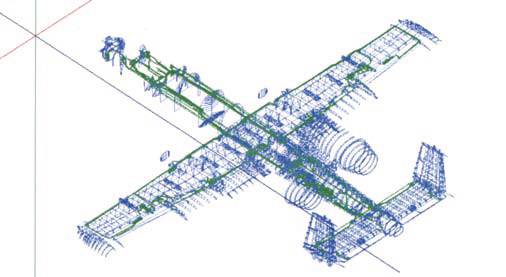
The estimation of ballistic damage to military systems has long been an objective for military analysts. Determining how ballistic threats affect system functioning is important to the defense community, whether it is to determine a system’s compliance with vulnerability specifications, support testing activities, or assess a system’s vulnerability performance. FASTGEN supports in the assessment of ballistic vulnerability. It identifies the ballistic threats that may impact in attacks against a system of interest.
FASTGEN utilizes ray tracing to identify the portions of a system potentially impacted by ballistic threats. This methodology involves projecting rays, representing threat trajectories, through a user-defined geometry description of the system of interest. FASTGEN calculates the points of intersection between the rays and geometry and transforms this data into shotlines, which are sequential lists of system components possibly encountered along the associated trajectories. The information associated with a shotline includes identification of system components in the threat’s path as well as parameters associated with each intersection: intersection locations, lines-of-sight through impacted components, component normal thicknesses, obliquity angles, and distances between components. Once generated, a ballistic vulnerability program, such as COVART, can use FASTGEN-generated shotline information to estimate threat penetration, component damage, and system vulnerability. Additionally, FASTGEN can support COVART analyses involving either parallel or diverging rays.

In the past, FASTGEN was a standalone program and exported shotline descriptions to binary and text output files. However, with the development of COVART6, FASTGEN has become a shared library within COVART’s framework. In its current form, FASTGEN supplies shotline information directly to COVART on an “on-demand” basis. The user can still generate shotline output files, but they must exercise the legacy features of COVART6 to do so. While these legacy features are still available, AFLCMC/EZFV highly recommends using the newer, integrated process in COVART6, as doing so may also improve the runtimes associated with analyses and provide access to newer features.
The inputs to FASTGEN are descriptions of the system of interest and the rays to trace. The VTK includes a User’s Manual that describes how analysts can provide these inputs. In addition to user documentation, the VTK also includes reports describing the theory behind FASTGEN and the efforts to verify and validate the program.
FASTGEN is a simple model with a simple mission: determine the ballistic threats that may hit in an attack against a particular system. This mission aids the completion of vulnerability analyses, which in turn, supports the design and fielding of effective weapon systems assisting the modern warfighter.
BRL-CAD – Ballistic Research Laboratory Computer-Aided Design Package
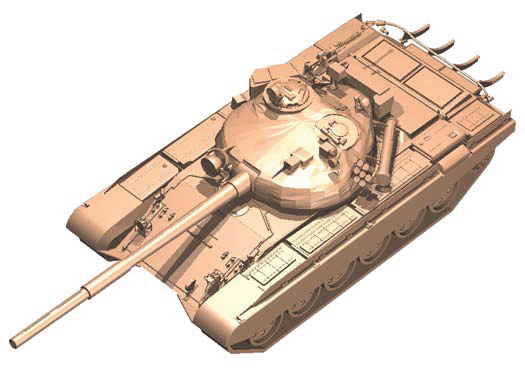
BRL-CAD is a powerful cross-platform open source solid modeling system. The system can be used to create, import, prepare, and analyze 3-D geometric target descriptions. It includes interactive graphical geometry editing, a powerful high-performance solid ray-tracing library, multiple optical rendering features, image and signal-processing tools, a system performance analysis benchmark suite, an embedded Tcl/Tk scripting interface, a robust high-performance geometric representation and analysis library, and a large collection of related tools and utilities. BRL-CAD is a hybrid modeling system supporting the import and editing for a great variety of solid and surface geometric representations, including implicit primitives with Boolean expressions; explicit boundary representation (BREP) Non-Uniform Rational B-Spline (NURBS) surfaces, n-Manifold polygonal mesh geometry (NMG), and triangle mesh (BoT) geometry; volumetric medical scan data models; terrain models; point cloud data sets; and more.
The package supports geometry editing with constructive solid geometry (CSG) Boolean operations, such as union, intersection, and subtraction. BRL-CAD also provides tools for performing model validation and verification (V&V), including computing mass, moments of inertia, and centroids, as well as detecting overlap interferences and other hierarchical modeling issues. For application developers, BRL-CAD also supports a rich application development application programming interface (API) through which geometry, ray tracing, and attribute data are passed to other applications. The system runs on all major desktop and supercomputer platforms, including BSD, Linux, Mac OS X, Windows, and various UNIX operating systems. In addition, BRL-CAD is an actively developed open source project with open participation from contributors around the world.
FATEPEN – Fast Air Target Encounter Penetration Program
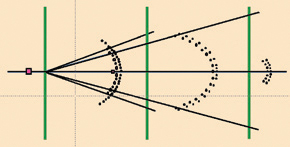
FATEPEN is a set of fast-running algorithms that simulate the penetration of and damage to spaced target structures by compact and noncompact warhead fragments and long rods at speeds up to 5 km/s. The model predicts penetrator mass loss, velocity loss, trajectory change, and tumbling throughout a target. The mass loss model includes an impact fracture model that, depending on impact conditions, transforms an incident intact warhead fragment into an expanding, multi-particle debris cloud, which FATEPEN then tracks through the remaining target structure. FATEPEN also predicts multi-particle loading and damage to plate structures.
The FATEPEN model is based, as much as possible, on fundamental principles of mechanics together with assumptions regarding the principal loading and response mechanisms involved. The latter derive directly from experimental observation. Empirical elements have been introduced either to obtain better agreement with available test data or to describe phenomena not readily amenable to first principle analytical modeling.
The penetration algorithms comprise deterministic and analytical/empirical engineering models and are contained in a separate Dynamic Link Library for easy portability to other calling programs. A Visual Basic graphical user interface is used to define and/or select penetrators, targets and encounter conditions in the stand-alone PC version of the code.
The FATEPEN algorithms have been partially validated by comparisons between model predictions and test results for a variety of projectile and target combinations.
The primary application of the code has been target vulnerability and weapon lethality assessments involving air targets and lightly armored surface targets. FATEPEN has been transitioned to use by all three Services and is used as a subordinate model in a number of simulations, including the Advanced Joint Effectiveness Model (AJEM).
Pedigree Documents
Pedigree is a collection of vulnerability and endgame threat characterization data that supports the performance of credible weapon systems survivability and effectiveness analyses. This product, sponsored by the Joint Aircraft Survivability Program (JASP) and managed by the Air Force Lifecycle Management Center (AFLCMC/EZFV), is comprised of five classified volumes:
- Non-Exploding Projectiles
- Exploding Projectiles
- Surface-to-Air Missiles
- Air-to-Air Missiles
- MANPADS, Rockets, and RPGs
These volumes summarize the threats included in Pedigree and point to the characterizations and characterization reports developed for each supported threat. Threat characterizations are primarily derived from intelligence sources and can support assessments with the Computation of Vulnerable Area Tool (COVART) and Shazam. Support is provided for the Advanced Joint Effectiveness Model (AJEM) as well, but this support is limited to characterizations of non-exploding threats in the JASP-developed common threat format. For many characterizations, individual reports are provided that describe the data, assumptions, and processes used to develop each threat file.
Pedigree is a “living” product, and characterizations are updated as improved intelligence on supported threats is obtained. The 2024 edition of Pedigree represents the latest version and includes new ball round and surface-to-air missile characterizations, as well as updated high-explosive round and air-to-air missile characterizations.


